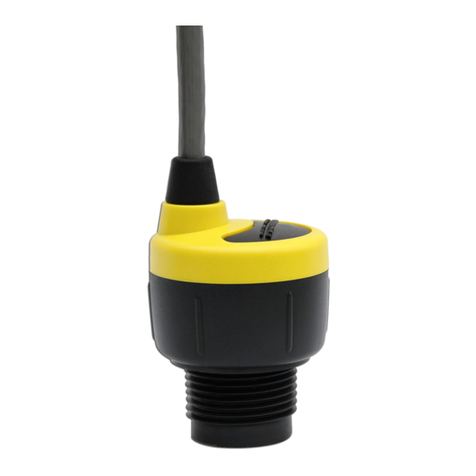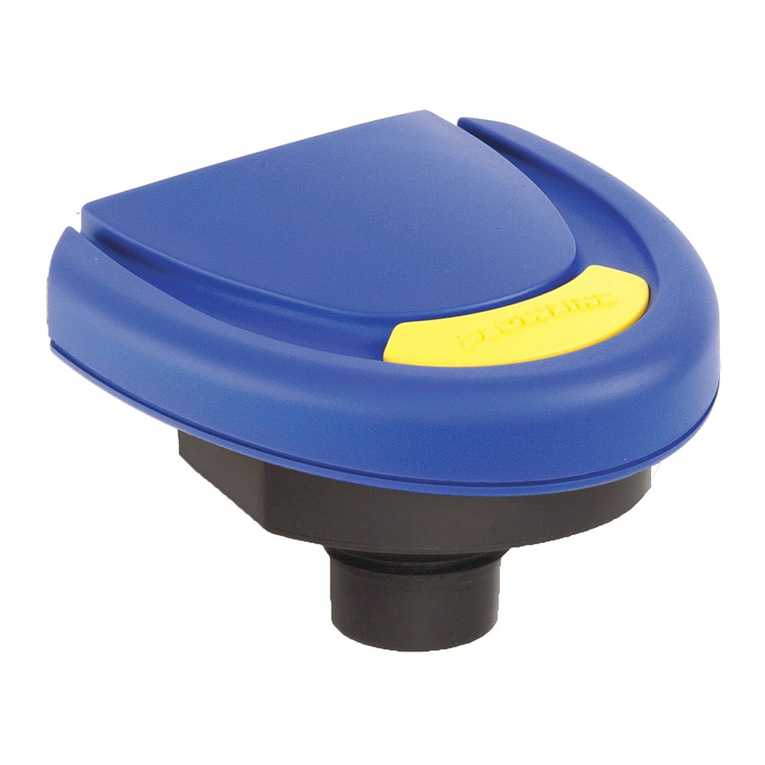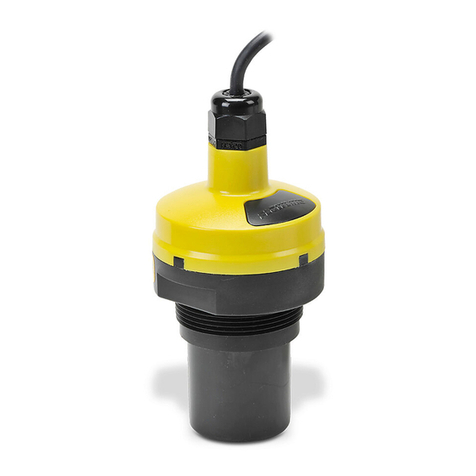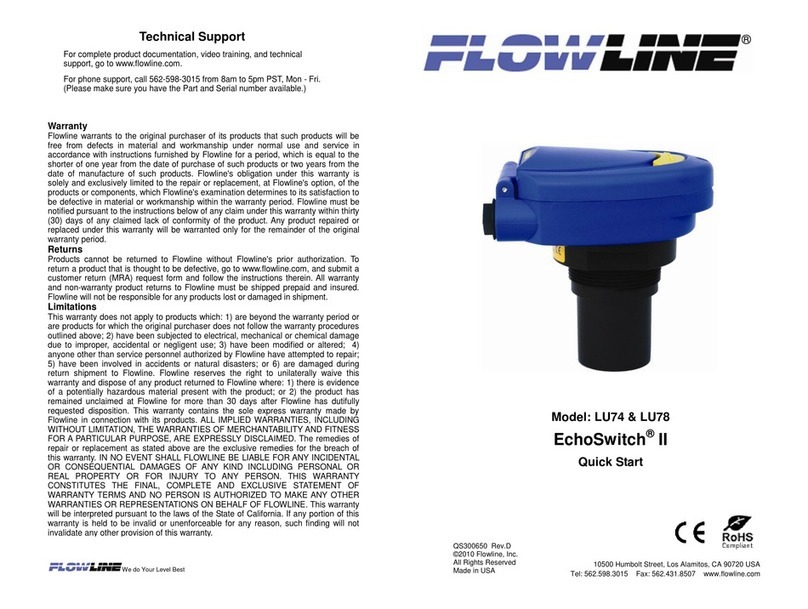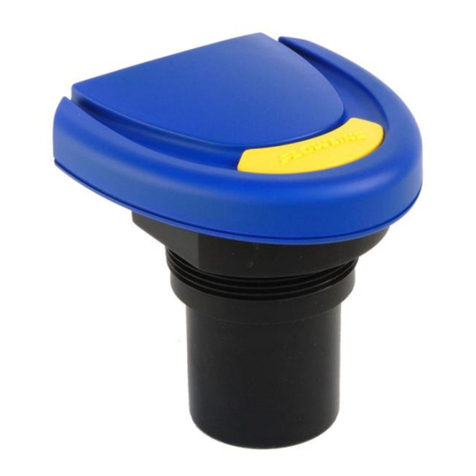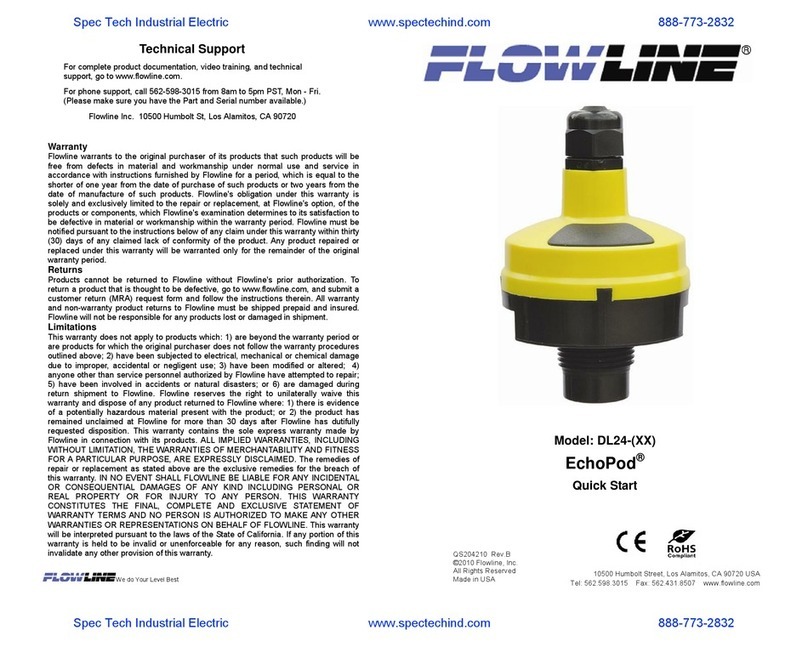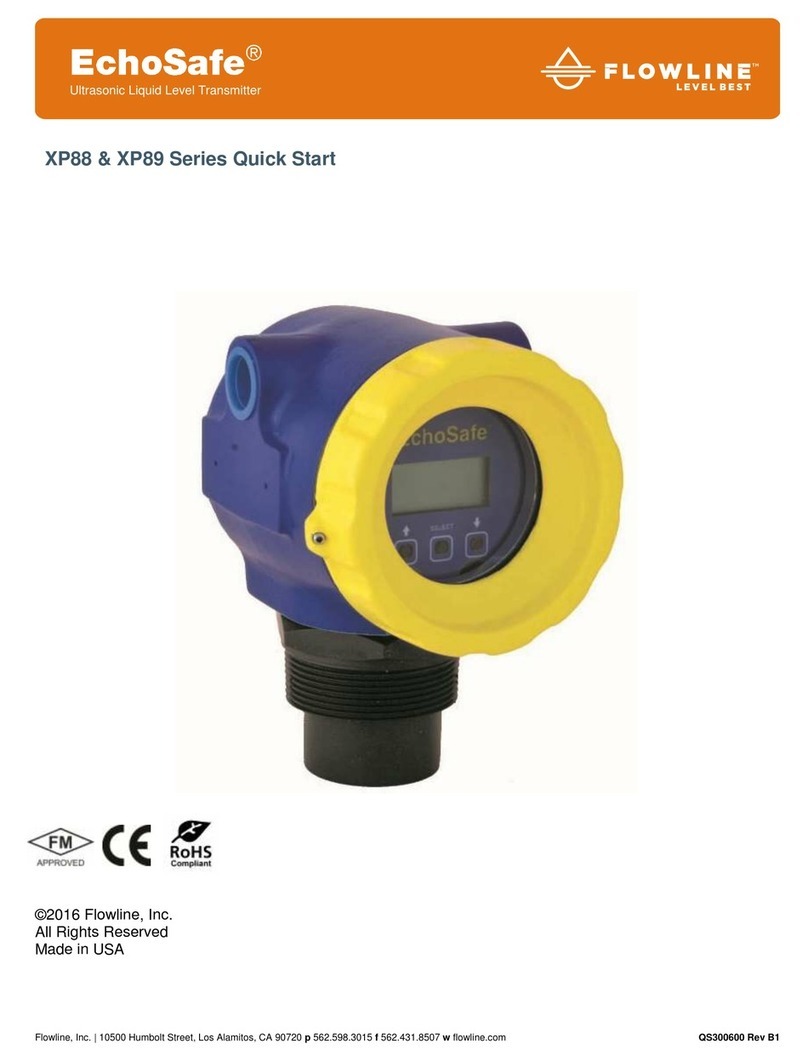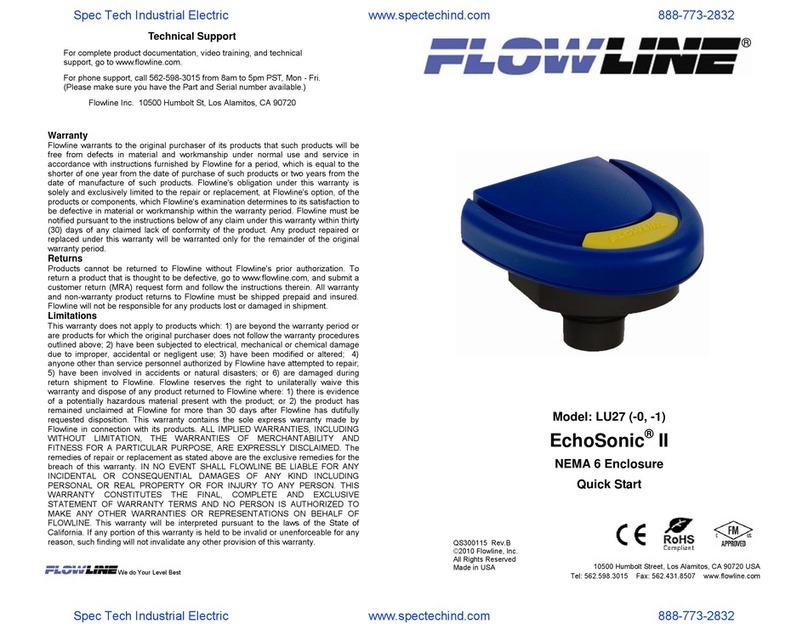
| 2 MN301905 Rev A
Introduction / Table of Contents Step One
TABLE OF CONTENTS Page
Section One | Introduction: ............................................................................................................................... 2
Table of Contents: .................................................................................................................................... 2
Sensor Models: ........................................................................................................................................ 5
Operating Principle: ................................................................................................................................. 6
Features: .................................................................................................................................................. 6
Benefits: ................................................................................................................................................... 6
Limitations: ............................................................................................................................................... 6
Specifications: .......................................................................................................................................... 7
Intrinsically Safe Control Drawing: .......................................................................................................... 11
Labels for Intrinsic Safety: ....................................................................................................................... 12
Dimensions: ........................................................................................................................................... 13
Safety Precautions: ................................................................................................................................ 15
Section Two | Getting Started: ........................................................................................................................ 16
Setup Overview: ..................................................................................................................................... 16
Part Number: .......................................................................................................................................... 18
Section Three | Install Sensor: ....................................................................................................................... 20
Installation Requirements: ..................................................................................................................... 20
FCC Conformity: ..................................................................................................................................... 21
LR36 & LR41 Antenna Preparation: ...................................................................................................... 22
LR46 Antenna Preparation: .................................................................................................................... 23
Flange Riser Installation: ....................................................................................................................... 23
Beam Angle: .......................................................................................................................................... 24
Gimbal Mounts (for Solids): .................................................................................................................... 25
Solids Installation Tips: ........................................................................................................................... 25
Section Four | Wire Sensor: ............................................................................................................................ 27
Terminal Wiring: ..................................................................................................................................... 27
Wiring to Displays, Controllers & PLCs: ................................................................................................. 28
Section Five | Configuration: .......................................................................................................................... 30
Basic Configuration Overview: ............................................................................................................... 30
Using the Display: .................................................................................................................................. 31
Changing Display Values: ...................................................................................................................... 32
Step 1 - Measure the Tank: ................................................................................................................... 33
Step 2 - Set the Units of Measurement: ................................................................................................. 34
Step 3 - Set the Empty Configuration (4mA): ......................................................................................... 35
Step 4 - Set the Full Configuration (20mA): ........................................................................................... 36
Step 5 - Set the Range (Maximum Range): ........................................................................................... 37
Step 6 - Set the Dead Band: .................................................................................................................. 38
Step 7 - Check the Echo Curve: ............................................................................................................ 39
